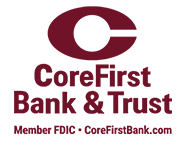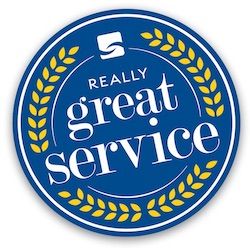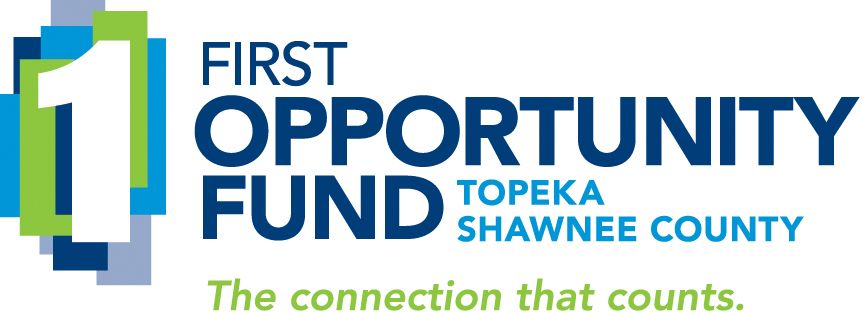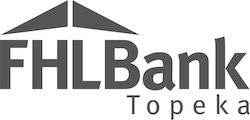Creative development can feel fun and exciting. But without a focused, strategic approach, teams are gambling on heading down a path that leads to nowhere.
By consistently implementing three essential steps–every time—marketers can ensure that their creative work reaches its intended audience and achieves the desired results.
Whether you’re developing a new creative campaign internally or working with an external bank marketing agency, these steps will help you stay on track and produce effective creative content.
Step 1: Always Start with a Creative Strategy Brief
Before diving into the creative development process, establish a strategy brief. This document should outline your goals, objectives, strategies, tactics and target audience. By insisting on a written document, you ensure that everyone involved is on the same page.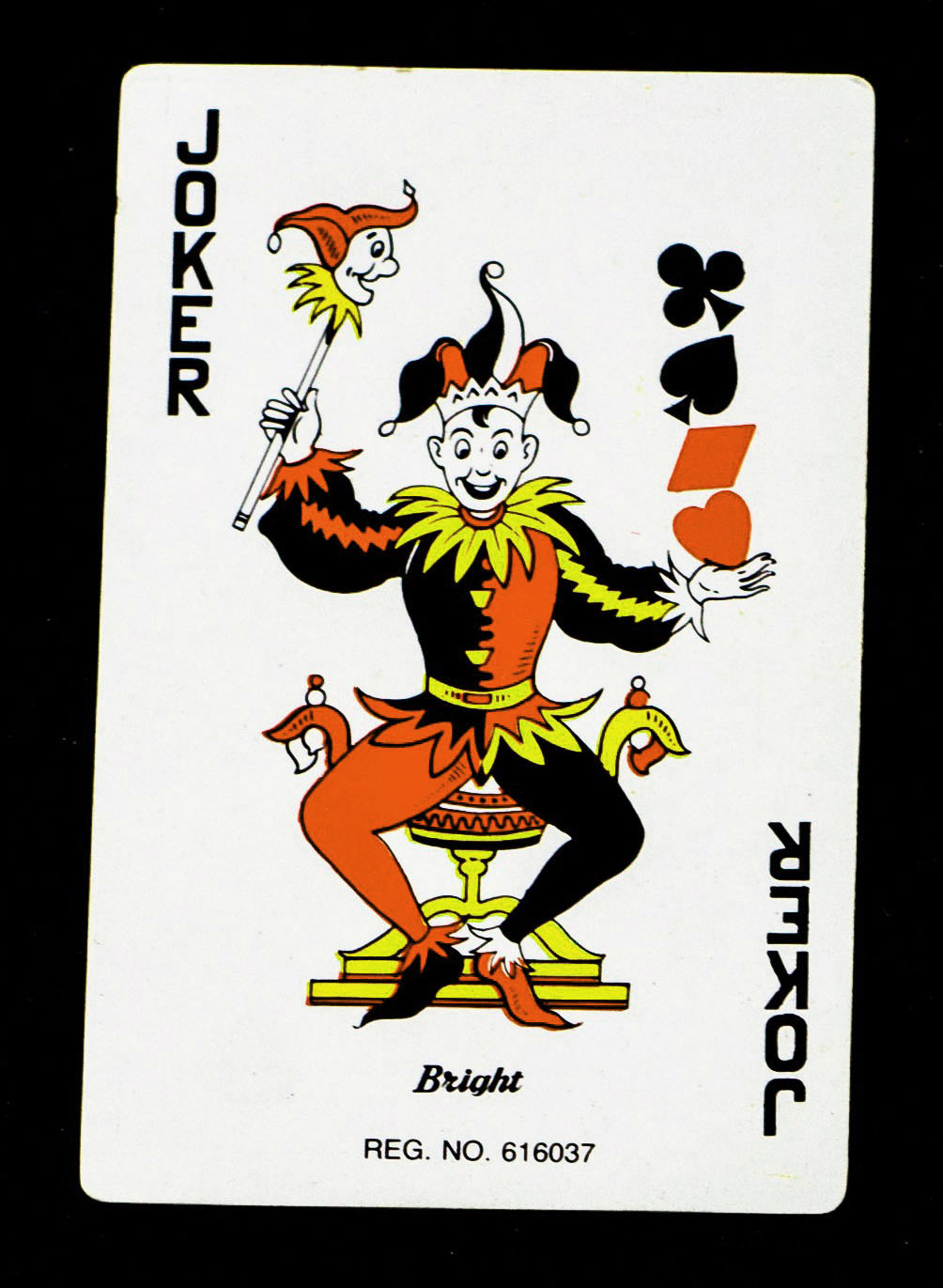 No joke. Strategy trumps all.
No joke. Strategy trumps all.
The brief should also describe other aspects of the situation and how you’re trying to solve it. Stipulate such things as tone, brand non-negotiables and any compliance requirements.
Dig deeper into describing the target audience. Develop personas for them so your creative team understands their daily life, worries, excitements and potential needs that your institution can fulfill.
Identify where you can find these people and make sure the campaign you’re developing will meet them where they are.
Step 2: Brainstorm and Evaluate the Creative Concepts
Once you have a clear and comprehensive strategy brief in place, it's time to let your imagination go wild. This is the fun part where you can banter with your team and come up with a large number of concepts and themes. Make it fun. Dare to be stupid. Work with a goal of coming up with as many ideas as possible. The more, the better.
It's important to give every idea a chance while brainstorming. Not every idea will be right for your specific goals and target audience. But that’s OK. Don't cut anything yet.
Too many great ideas are killed by self-editing or the Debbie Downer who says “that will never work” or “we tried that before already.” In this phase, generate a multitude of ideas without criticism or editing.
It's easy to fall in love with the first idea or get carried away with a wildly cool concept. So after the brainstorming session is the time to evaluate.
This step requires critical thinking and discipline. Take the time to measure each idea against the yardstick of your brief.
- Ask yourself if the idea effectively communicates your message to the target audience.
- Does it align with their needs and desires?
- Does it fit within your brand's tone and values?
- Is it clear and memorable?
By examining each idea this way, you can identify the strongest concepts that are most likely to support your goals.
Remember it’s the target audience who your campaign must appeal to. Not you.
Step 3: Test and Refine the Creative Concepts
Once you have narrowed down your ideas to those that you think best align with your strategy brief, it’s time to test them. Share the concepts with your target audience through surveys, focus groups or advisory boards. This feedback can provide valuable insights into how well the ideas resonate with your audience.
During the testing phase, pay attention to whether the language used in the concepts is easily understood by your audience.
Find out:
- Does the target audience grasp the value of what you're offering?
- Do the ideas evoke the desired emotions, such as humor, warmth, reassurance or excitement?
- Does the message compel the action you seek?
- Is there any “finance speak” that makes sense to you, but not to your customer or prospect?
This feedback will help you refine and hone your concepts before moving forward with the campaign.
Remember that feedback from focus groups is qualitative and not quantitative. While it can provide valuable insights, it's essential to remember that the opinions of a small group may not represent the larger audience. Nonetheless, focus groups can help identify any potential red flags, issues or areas for improvement.
Superior Creative Strategy 1-2-3
Systematically following this three-step process will greatly enhance the effectiveness of your creative development. If your process always require a strategy brief, you ensure that everyone involved is aligned and working towards the same goals.
Whether working with an internal team or an external bank marketing agency, always insist on starting with a brief before creating, evaluating and testing. Not only does it ensure the work is on-strategy, it also reduces the risk of wheel spinning, wasted budget and potential damage to your brand reputation.
For another article about creative and brand strategies for banks and credit unions, read our article Are you building your brand or merely paying to display your logo?
This article was reprinted and published by the American Bankers Association Banking Journal.
photo credits from Unsplash: lotto balls by Alejandro Garay • joker by aceofnet




